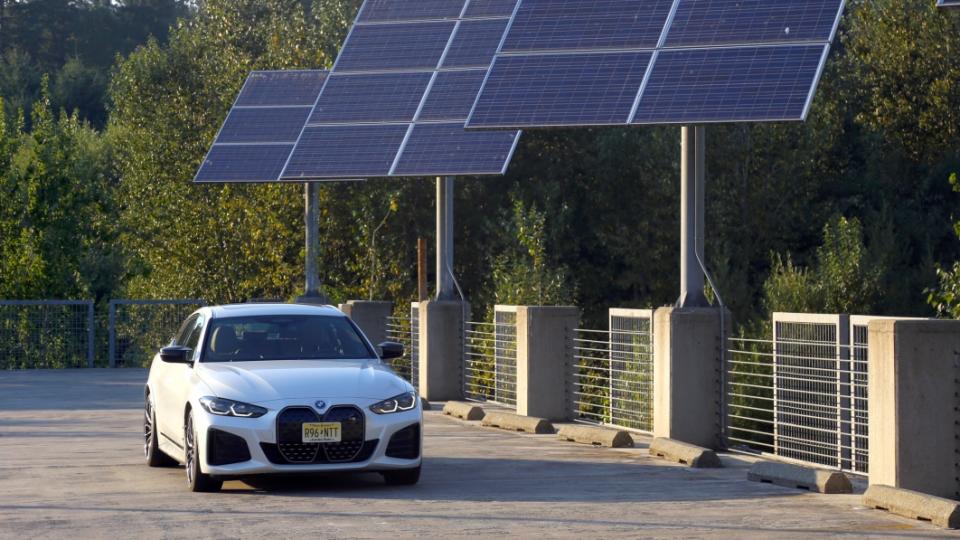Consumer Reports: Nearly half of tested EVs fall short of their advertised range

Time and again, American consumers say that one of the biggest barriers to entry to the EV marketplace is range. Compounding the potential for range anxiety in an EV purchase is the fact that estimates are just that, and many have found that their electric cars frequently offer less real-world range than advertised. To help keep them honest, Consumer Reports decided to evaluate the highway range of its EV test fleet and see just how far each of its cars would go until they just couldn't go anymore. The team tested EVs from the U.S., Korea, Japan and Germany and the best (and worst) performers just might surprise you.
While CR breaks down its results very matter-of-factly, we're going to (somewhat arbitrarily) arrange them into three categories: those that convincingly beat their estimates (20 miles better than advertised or more), those that didn't (20 miles or worse than expected), and those that managed to fall almost exactly where CR expected (within 19 miles of their EPA figure). With that out of the way, let's dive in.
The good
Score one (or six?) for the Germans. Always eager to sandbag, BMW and Mercedes had excellent showings here, and while we're at it, let's give Ford and Rivian some credit for hanging with the luxury brands from overseas. While the R1T is hardly a mainstream pickup, the Mach-E is a bit more bread-and-butter. Just goes to show, you don't have to spend premium money to get a good EV these days.
BMW i4 M50
BMW iX xDrive50
Ford Mustang Mach-E Premium AWD Extended Range
Mercedes-Benz EQE 350 4Matic
Mercedes-Benz EQE SUV 350 4Matic
Mercedes-Benz EQS 580 4Matic
Mercedes-Benz EQS SUV 450 4Matic

 Yahoo Autos
Yahoo Autos 
